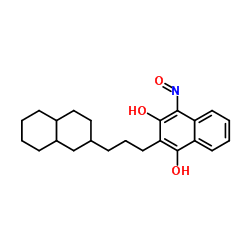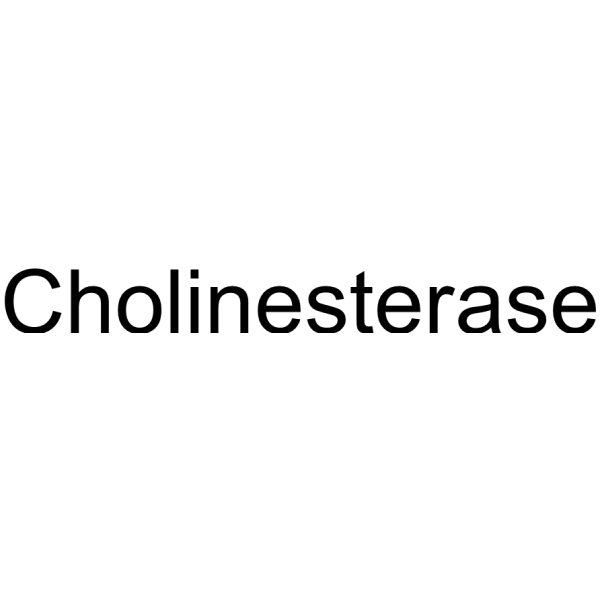| Structure | Name/CAS No. | Articles |
|---|---|---|
 |
Carboxylesterase
CAS:9016-18-6 |
|
 |
ec 3.1.1.8
CAS:9001-08-5 |